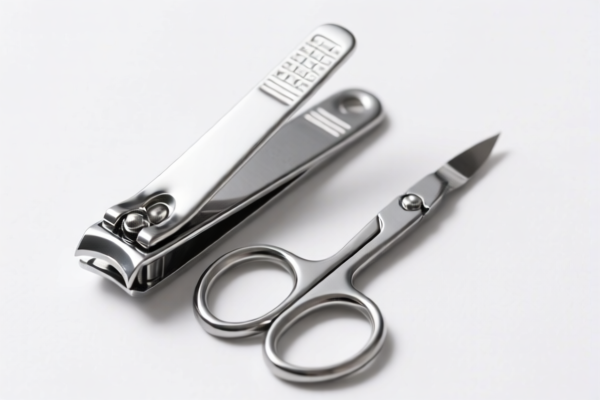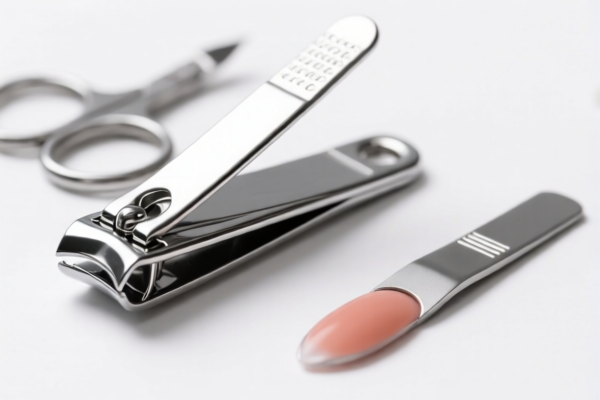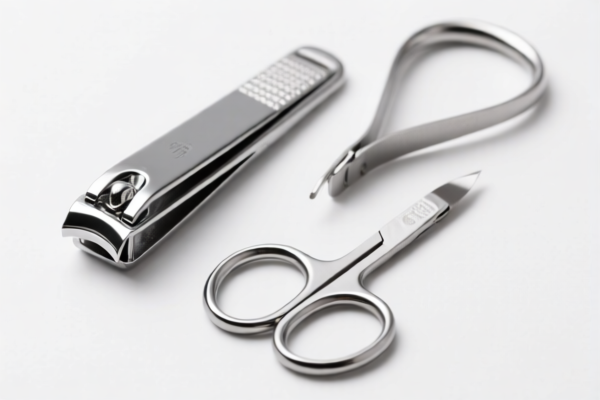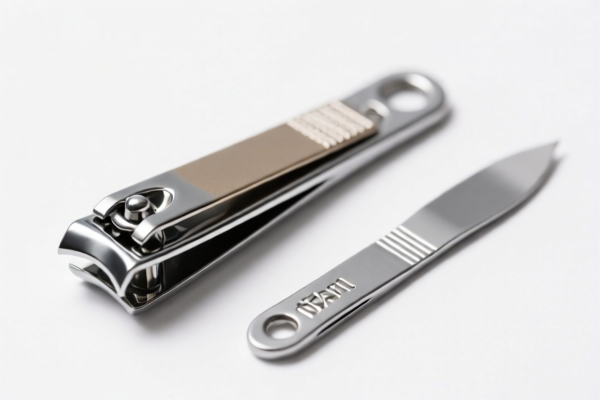| HS Code | Official Doc | Tariff Rate | Origin | Destination | Effective Date |
|---|---|---|---|---|---|
| 8214206000 | Doc | 37.5% | CN | US | 2025-05-12 |
| 8214209000 | Doc | 34.1% | CN | US | 2025-05-12 |




Okay, let's break down the HS codes and tax implications for your "NAIL CLIPPER SET" declaration. Here's a detailed analysis to help you understand the classification and potential costs:
Understanding the HS Code Structure
The HS code (Harmonized System code) is a globally standardized system of names and numbers to classify traded products. Here's how it works, using your codes as an example:
- Chapter 82: This chapter covers "Articles of cutlery; forks, spoons, knives, surgical instruments and razors." This is the broad category your nail clipper sets fall into.
- 8214: This specifically covers "Articles of cutlery (for example, hair clippers, butchers' or kitchen cleavers, chopping or mincing knives, paper knives); manicure or pedicure sets and instruments (including nail files); base metal parts thereof." This narrows it down to cutlery and related manicure/pedicure items.
- 8214.20: This further specifies "Manicure or pedicure sets and instruments (including nail files), and parts thereof."
- The final two digits (00, 90) are the most specific and determine the exact tax rate.
Detailed Analysis of Your Codes
You have two HS codes provided, which likely represent different variations of your nail clipper sets. Let's examine each:
1. HS Code: 8214.20.60.00 – Manicure or pedicure sets, and combinations thereof: In leather containers
- Description: This code is for nail clipper sets specifically packaged in leather containers. The leather packaging is a key factor here.
- Tax Details:
- Basic Duty: 0.0% - No basic import duty is applied.
- Additional Duty: 7.5% - An additional duty of 7.5% is currently applied.
- Post April 2, 2025: Additional duty will increase to 30%.
- Total Tax: 37.5% (current rate)
- Important Considerations:
- Material Verification: Crucially, confirm that the container is genuinely leather. If it's a synthetic material resembling leather, this code may be incorrect.
- Container Value: The value of the leather container itself might be assessed for duty.
2. HS Code: 8214.20.90.00 – Manicure or pedicure sets, and combinations thereof: Other
- Description: This code is a "catch-all" for nail clipper sets that don't fall into the more specific categories (like those in leather containers). This likely includes sets in plastic cases, metal tins, or cardboard boxes.
- Tax Details:
- Basic Duty: 4.1% - A basic import duty of 4.1% is applied.
- Additional Duty: 0.0% - No additional duty is currently applied.
- Post April 2, 2025: Additional duty will increase to 30%.
- Total Tax: 34.1% (current rate)
- Important Considerations:
- Material Verification: The material of the container is important.
- Set Composition: The specific items within the set could potentially influence classification, though this is less common.
Key Recommendations & Next Steps
- Accurate Description is Vital: Ensure your declaration accurately reflects the exact composition and packaging of your nail clipper sets. The difference between "in leather containers" and "other" is significant for tax purposes.
- Material Confirmation: Double-check the material of the containers. Provide proof of material if requested by customs.
- Single vs. Combination Sets: If you are importing sets with different items, make sure the HS code reflects the entire set.
- Pricing Accuracy: Declare the correct value of the goods. Customs will assess duty based on this value.
- Post-April 2, 2025 Changes: Be aware of the upcoming changes to additional duties on April 2, 2025. Factor this into your cost calculations.
- Potential Certifications: Depending on the destination country, you might need certifications related to product safety or material composition. Check the import regulations of the specific country you are importing into.
Disclaimer: I am an AI assistant and this information is for general guidance only. Import regulations are complex and can vary significantly. It is always best to consult with a qualified customs broker or import specialist for accurate and up-to-date advice.
Customer Reviews
Excellent explanation of the 34.1% tariff for the 8214209000 code. Made it easy to calculate my import costs for the nail clipper sets.
The details on the leather container requirement were useful, but I wish the site had more examples of what counts as 'genuine leather'.
Great info on the difference between 8214206000 and 8214209000. Helped me choose the right code for my plastic-nail clipper sets.
The HS code breakdown for 8214206000 was super clear. I finally understand why the tariff is 37.5% for leather containers.